Supplementary protectors have been recognised in Canada since the publication of the standard in 1989, CAN/CSA C22.2 No.235 Supplementary Protectors. Twenty-eight years later, misapplication of supplementary protectors continues to be a problem.
The reason for the confusion regarding their application misapplication could relate to the following:
- product similarity,
- price,
- incomplete product application knowledge,
- the marketing of supplementary protectors, or
- misunderstanding of the difference in testing and approval requirements between a certified product and a recognised component.
This article is intended to explain the difference between a certified circuit breaker and recognised supplementary protectors.
First, we should start by exploring the difference between a “certified” piece of equipment and a “recognised” component. Accredited certification bodies can use two types of product markings: full certification, and recognition. Let’s begin with explaining the difference between the marks of conformity for certified, and recognised products.
Certification Marks
The two most commons accredited certification bodies that have both “certification” and “recognition” marking are Canadian Standards Association (CSA) and Underwriters Laboratory (UL). The certification marking is well known and is shown in photos 1 and 2. Products with this marking (with a certification monogram) are intended to be installed in accordance with the Canadian Electrical Code Part I (CE Code) and meet all of the Canadian Electrical Code Part II requirements for their specific product type.
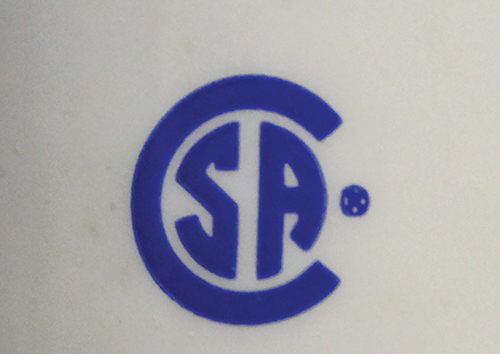

Recognition Marks
The recognition marking is not as well known and is shown in photos 3 and 4. Products with recognition marking are intended to be part of an electrical product that is either certified by an accredited certification body or approved under a Field Evaluation (FE) program by an accredited inspection body. FE can include (but does not normally involve) abnormal or destructive testing typical of a certification project, so acceptability of recognized components under field evaluations greatly depends on the intended use and what testing was done by a certification body in order to recognize the component. Products with only recognition markings are not intended to be installed in accordance with the CE Code and are not intended to be installed as stand-alone components. These products (components) are intended to be part of an approved assembly.
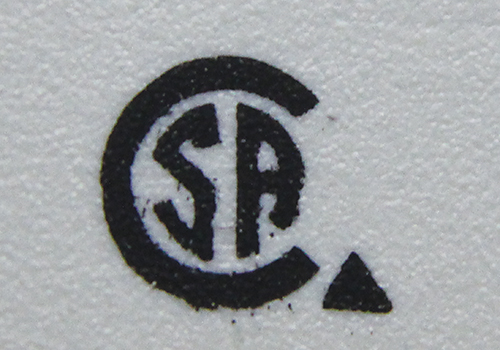

Supplementary Protectors and Circuit Breakers
Now, let’s look at supplementary protectors and circuit breakers. There are two North American product standards for supplementary protectors: CSA C22.2 No 235 Supplementary Protectors, and UL 1077 Supplementary Protectors for Use in Electrical Equipment. Although these two standards are not harmonised, the requirements within them are very similar. CSA Standard C22.2 No 235 defines a supplementary protector as follows: — a manually resettable device designed to open the circuit automatically on a predetermined value(s) of time versus current or voltage within an appliance or other electrical equipment.
CSA Standard C22.2 No 5 Molded-Case Circuit Breakers, Molded-Case Switches and Circuit-Breaker Enclosures and the CE Code Part I defines a circuit breaker as — a device designed to open and close a circuit by non-automatic means and to open the circuit automatically on a predetermined overcurrent without damage to itself when properly applied within its ratings.
The main difference between these definitions is that a circuit breaker must be capable of being operated without damage to itself when properly applied within its ratings, and the standard for supplementary protectors allows them to be damaged when applied within their ratings. The misunderstanding of this crucial difference and misapplication of supplementary protectors can contribute to a shock or fire hazard.
This also explains why circuit breakers have an interrupting rating and supplementary protectors only have a withstand rating, as supplementary protectors are only tested to withstand a short-circuit, and not tested to interrupt current.
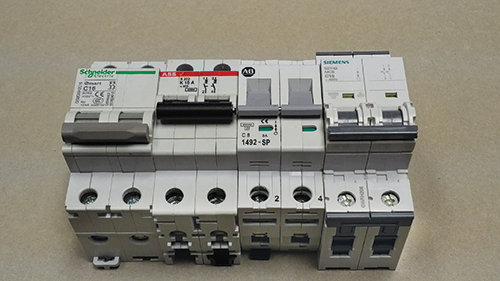
There is an old saying that what looks like a duck, walks like a duck, and quacks like a duck, is probably a duck. Although to an undiscerning eye, supplementary protectors may appear like circuit breakers, there are significant differences, and as has been noted above, misapplication can result in a shock or fire hazard. The intended use of supplementary protectors is to provide additional protection for components inside an appliance or piece of electrical equipment where a certified overcurrent protection device already exists for the circuit. It should be noted that supplementary protectors are not approved as a disconnecting means, nor for the protection of wiring or devices located outside of the enclosure in which they are mounted. The acceptability of supplementary protectors is intended to be determined in their final application
In acknowledgement of the serious shock and fire hazard, Rule 14-114 and an Appendix B note were added to the 2006 Edition of the CE Code that reads:
14-114 Application of supplementary protectors (see Appendix B). Supplementary overcurrent protection shall not be used as a substitute for branch circuit overcurrent devices or in place of branch circuit protective devices specified in this Section.
Appendix B Rule 14-114
Supplementary overcurrent protectors used as components of some appliances and equipment are not suitable for the protection of branch circuit conductors.
In addition, CSA Standards C22.2 No 235 Clause 1.5 reads:
Protectors covered by this Standard are not to be used for overcurrent protection of circuits defined as “branch circuits” by the Canadian Electrical Code, Part I.
Adding to the confusion, there are seven types of supplementary protectors, differentiated by application codes. These application codes include U3, U2, U1, U1a, C2, C1, and C1a. During the short-circuit testing detailed in CSA Standard C22.2 No 235 and UL Standard UL1077, the supplementary protectors with an Application Code of C2, C1, and C1a – are allowed to be tested with a fuse ahead of the supplementary protector. Unfortunately, the type of fuse that can be used in the circuit during the testing is not specified, and unless a copy of the testing report is available, it is impossible to know what type of fuse was used. This makes it very difficult to accept supplementary protectors with an Application Code of C2, C1, or C1a without additional testing.
Supplementary protectors with an Application Code of U3, U2, U1, and U1a are not allowed to have a fuse in the circuit during the short-circuit testing.
After the short-circuit testing supplementary protectors with an Application Code of C1, C1a U1 and U1a are deemed to meet the standard even if they are no longer able to trip the circuit, are unable to be reset, and no longer indicate whether the circuit is open or closed. The standard allows welding or the complete destruction of the contacts when the supplementary protector operates.
After the short-circuit testing the U3 supplementary protectors are the only supplementary protectors that must have the ability to trip the circuit, the ability to be reset, the ability to indicate whether the circuit is open or closed, pass the voltage withstand test between the line and load, and can not have welding of the contacts, or destruction of the contacts. This is why CSA Standard C22.2 No 286 Industrial Control Panels, and Annex A of CSA Standard C22.2 No 235 only allow supplementary protectors with an Application Code of U3 to be used for protection of control circuits within a control panel. Note: supplementary protectors with an Application Code of U3 are not common.
How can a supplementary protector be identified?
This is another problem! Neither CSA Standard C22.2 No 235 nor UL Standard UL1077 requires a supplementary protector to be marked as a supplementary protector (this marking is optional). Following are general guidelines to identify a supplementary protector, any of these can be used to identify a supplementary protector:
1) The device has a recognition mark (as shown in photos 3 and 4)
2) The device has a withstand rating (not and interrupting rating)
3) The device has an Application Code U3, U2, U1, U1a, C2, C1, and C1a
4) The device has small spacings between the line terminals and the between the load terminals. (see photo 10)
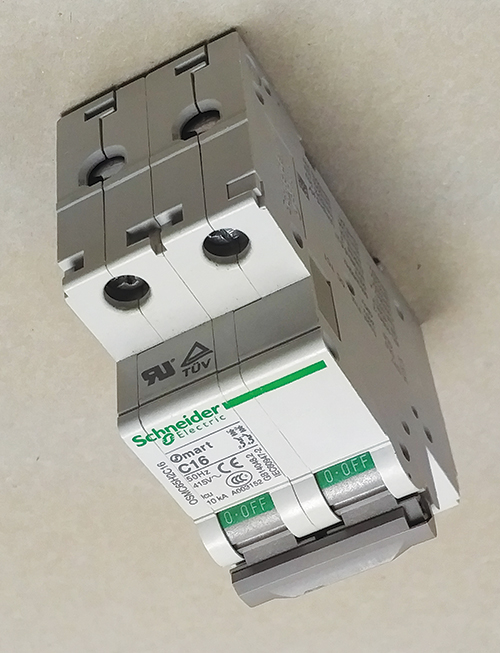

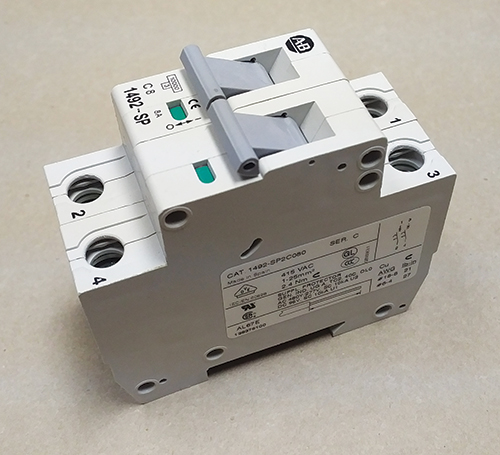

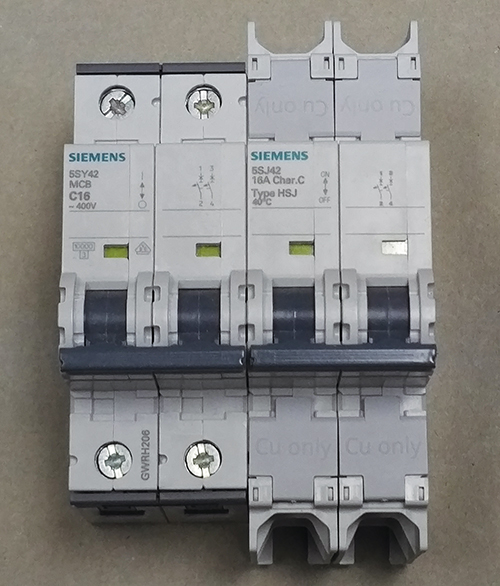

Supplementary protectors are marketed by some manufacturers as “mini circuit breakers”, “circuit breakers”, “overcurrent protection” etc., that can be very misleading. This is also the reason it is so important to be able to identify supplementary protectors to ensure they are not used in place of overcurrent protection. An overcurrent device is not considered a circuit breaker in North America and acceptable for branch circuit overcurrent and short-circuit protection unless it is certified to UL489 or C22.2 No.5 and so marked.












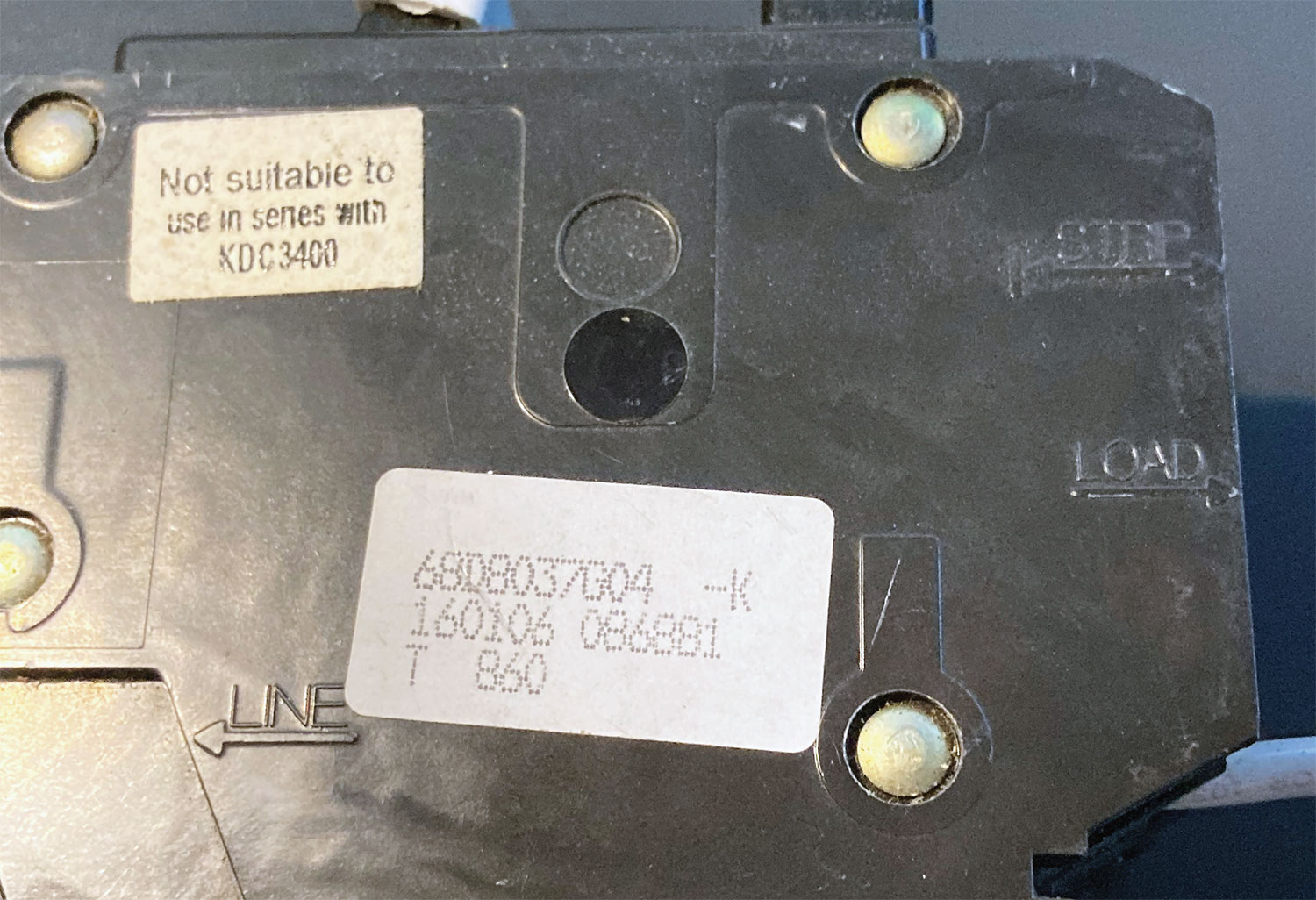
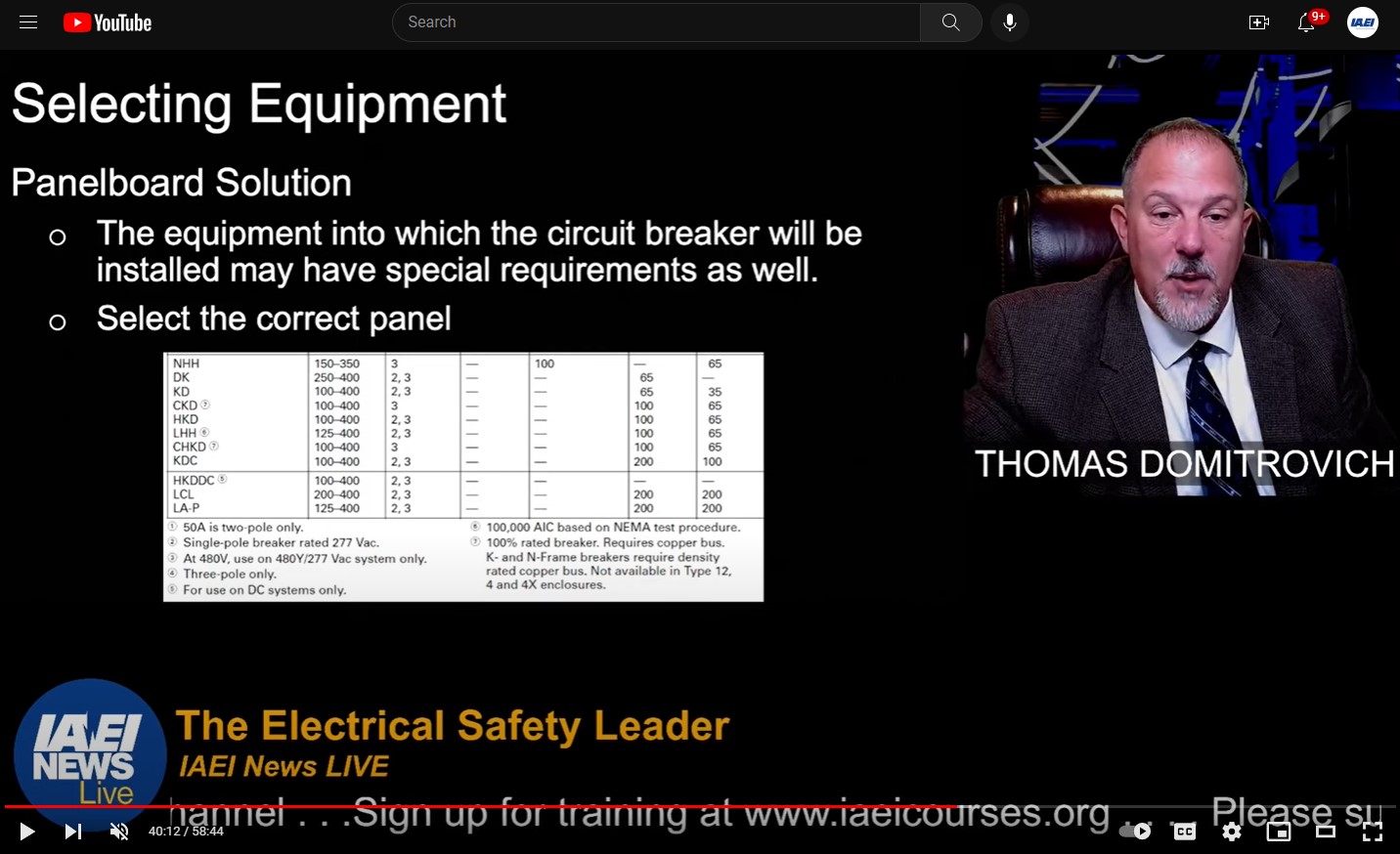
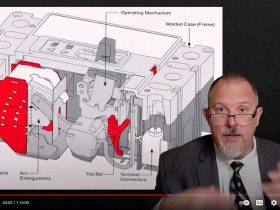
Find Us on Socials